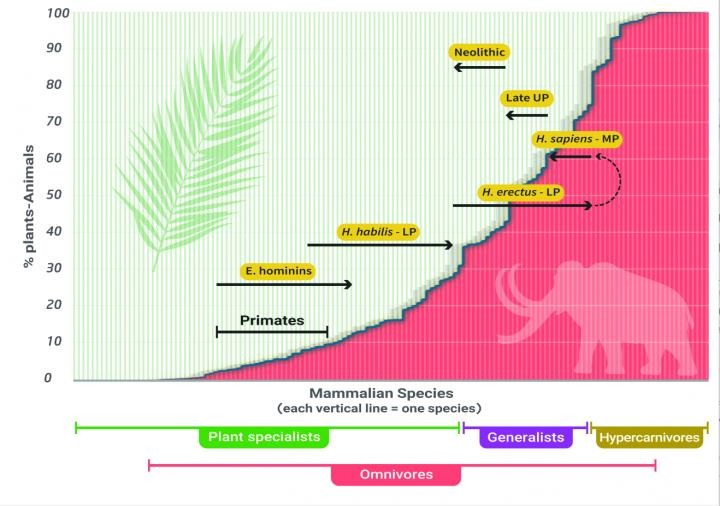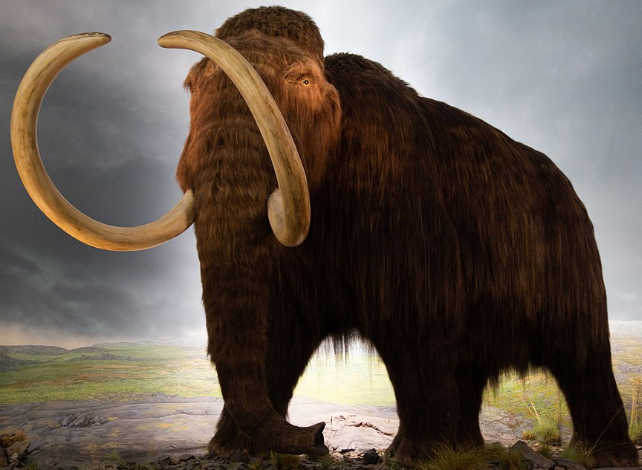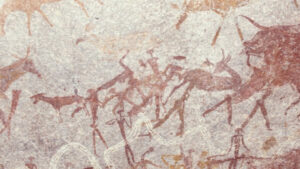Science
Study reveals that ancient humans were apex predators for 2 million years
PUBLISHED November 17, 2024 8:45am

A new study suggests that the diet of our Pleistocene ancestors was far from the “lean and green” image often associated with Paleolithic eating habits. For roughly 2 million years, early Homo sapiens and their ancestors primarily consumed meat, positioning themselves at the top of the food chain.
This challenges the popular notion of a balanced “paleo” diet consisting of berries, grains, and occasional steak. According to a 2021 study by researchers from Tel Aviv University and the University of Minho, modern hunter-gatherer diets provide a misleading comparison. “Two million years ago, hunter-gatherer societies could hunt and consume elephants and other large animals, while today’s hunter-gatherers lack access to such resources,” explained Miki Ben-Dor from Tel Aviv University.
Drawing on hundreds of studies, the researchers found that early humans were apex predators until around 12,000 years ago. While plant remains are less likely to survive in the fossil record compared to bones and teeth, evidence of game hunting is abundant. However, relying on modern-day ethnography to reconstruct ancient diets may be flawed due to dramatic ecological changes since the Pleistocene epoch.

During this period, Earth’s ecosystems were vastly different, shaped by recurring ice ages. Large animals like mammoths, mastodons, and giant sloths roamed in far greater numbers than today. Homo sapiens used their ingenuity and endurance to hunt these massive creatures, but the frequency of such hunts has been difficult to quantify.
Rather than depending solely on fossils or ethnographic comparisons, the researchers examined evidence embedded in human physiology, genetics, and metabolism. “Human behavior changes rapidly, but evolution is slow. The body remembers,” said Ben-Dor.

For example, humans have higher energy needs than other primates, driven by our large, energy-intensive brains. Our bodies also store fat differently, with small, numerous fat cells resembling those of predators. Additionally, our strong stomach acid is well-suited for digesting proteins and combating bacteria from aging meat, while our genomes reveal adaptations for a fat-rich diet rather than a sugar-heavy one.
The study highlights extensive evidence, including tool use, isotopic analysis of ancient remains, and dental wear patterns. It concludes that our ancestors and relatives, like Homo erectus, occupied a highly carnivorous position in the food chain for about 2.5 million years. This dietary focus shifted around 11,700 years ago, during the Upper Paleolithic, as large animal populations declined and plant consumption increased, ultimately leading to the agricultural revolution of the Neolithic era.
Science
Latest
Advertise With Us
BVD Newsletters
Sign up for free newsletters and get more BVD delivered to your inbox
Get this delivered to your inbox, and more info about our products and services.
© 2024 BVD LLC. All Rights Reserved.
Data is a real-time snapshot *Data is delayed at least 15 minutes. Global Business and Financial News, Stock Quotes, and Market Data and Analysis.
Market Data Terms of Use and Disclaimers
Data also provided by REFINITY









